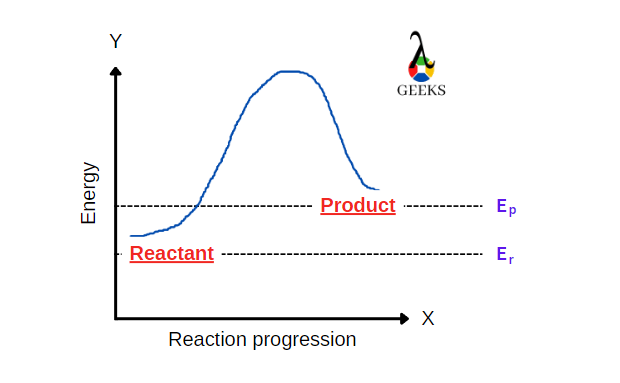LiOH is an inorganic compound with having anhydrous and hydrated form. Let us take a look at how HI and LiOH interact.
When lithium hydroxide (LiOH) and hydrogen iodide (HI) react, salt is produced and water is released. LiOH is a strong acid but the weakest metal hydroxide known. Hydrogen Iodide (HI) belongs to the category of strong acids. Both are strong electrolytes and dissociate into ions easily.
We will go over important and relevant information regarding the HI +LiOH reaction, such as the redox reaction, reaction type, products, and balanced chemical equation.
What is the product of HI and LiOH ?
Lithium Iodide (LiI)and water (H2O) are the products of the LiOH and HI.
The chemical equation for the reaction is,
HI + LiOH = LiI + H2O
What type of reaction is HI + LiOH ?
HI + LiOH is a type of Precipitation Reaction, Acid-Base Reaction, Redox Reaction and Displacement Reaction.
How to balance HI + LiOH
The following steps need to be followed while balancing a chemical equation.
- Given below is an unbalanced chemical reaction of HI and LiOH,
- HI + LiOH = LiI + H2O
- Record the moles of each element on the reactant and product sides.
| ELEMENT | REACTANT | PRODUCT |
| H | 2 | 2 |
| I | 1 | 1 |
| O | 1 | 1 |
| Li | 1 | 1 |
- Now, the number of moles present on each side of the reactant and product must be equal in order to balance the chemical equation. In this case, the number of moles in each element is same.
- Hence , the balanced chemical equation is:
- HI + LiOH = LiI + H2O
HI + LiOH titration
The titration of HI and LiOH is categorized as acid-base titration. HBr is a strong acid and LiOH is a strong base
Apparatus:
Burette, conical flask, burette stand, beaker, funnel, pipette.
Indicator Used:
Phenolphthalein is used as an indicator here.
Procedure:
- Wash, rinse and fill the burette with a standardized solution of LiOH and fit it in a burette stand.
- Pipette out 10mL of HI in a conical flask and add 2-3 drops of phenolphthalein indicator in it.
- Start adding LiOH solution in the conical flask in a dropwise manner with constant swirling.
- Color of the HI + LiOH solution in the conical flask will change to light pink on reaching the endpoint.
- Repeat these steps to get concurrent readings.
- The concentration of HI is calculated using the formula S1V1 = S2V2.
HI + LiOH net ionic equation
The net ionic equation of HI + LiOH is :
OH– = H+ + O2-
- To derive this net ionic eq following steps are followed:
- Split the strong electrolytes into ions.
- H+ + I– + Li+ + OH– = 2H+ + I– + Li+ + O2-
- Cancel the spectator ions on both sides and write down the net ionic equation.
- OH– = H+ + O2-
HI + LiOH conjugate pairs
The conjugate acid-base pairs of the reaction HI+ LiOH are:
- HI (Conjugate Base) = I–
- H2O (Conjugate Base) = OH–
- H2O (Conjugate Acid) = H3O+
HI and LiOH intermolecular forces
- The intermolecular forces between H2O molecules are dipole-dipole interaction and London dispersion forces.
- Dipole-dipole forces are present in HI molecules.
- LiOH contains ionic-dipole forces between its molecules.
Is HI + LiOH a buffer solution ?
HI + LiOH is not a buffer solution because the HI present here is a strong acid and there must be a weak acid present for a buffer solution.
Is HI + LiOH a complete reaction ?
HI + LiOH is a complete reaction since all of the reactant’s moles are completely converted and consumed by the product at equilibrium.
Is HI + LiOH an exothermic or endothermic reaction ?
HI + LiOH reaction is an exothermic reaction because the enthalpy of reaction has a negative value for this equation.

Is HI + LiOH a redox reaction ?
HI + LiOH is not a redox reaction because there is no change in the oxidation state of any element either in the reactant or product side.
Is HI + LiOH a precipitation reaction ?
HI + LiOH reaction is not a precipitation reaction because no solid product is obtained at the end of the reaction.
Is HI + LiOH reversible or irreversible reaction ?
HI+ LiOH is irreversible because the products no longer undergo backward reactions to form reactants under the same conditions.
Is HI + LiOH displacement reaction ?
HI and LiOH is a double displacement reaction because the Iodide ion is transferred from HI to LiI and the Hydrogen ion is transferred from HI to H2O.
Conclusion
This article concludes that both HI and LiOH belong to the category of strong acids and bases. HI is an important chemical from an industrial point of view to prepare bromides. LiOH being the strongest base, is counted as one of the weakest metal hydroxides.

Hello, viewers I am Mansi Sharma. I’m a medicinal chemist with a postgraduate degree. I love all facets of chemistry, and I do think that it is present everywhere, so let us explore what chemistry is all about together.
Let us connect through LinkedIn